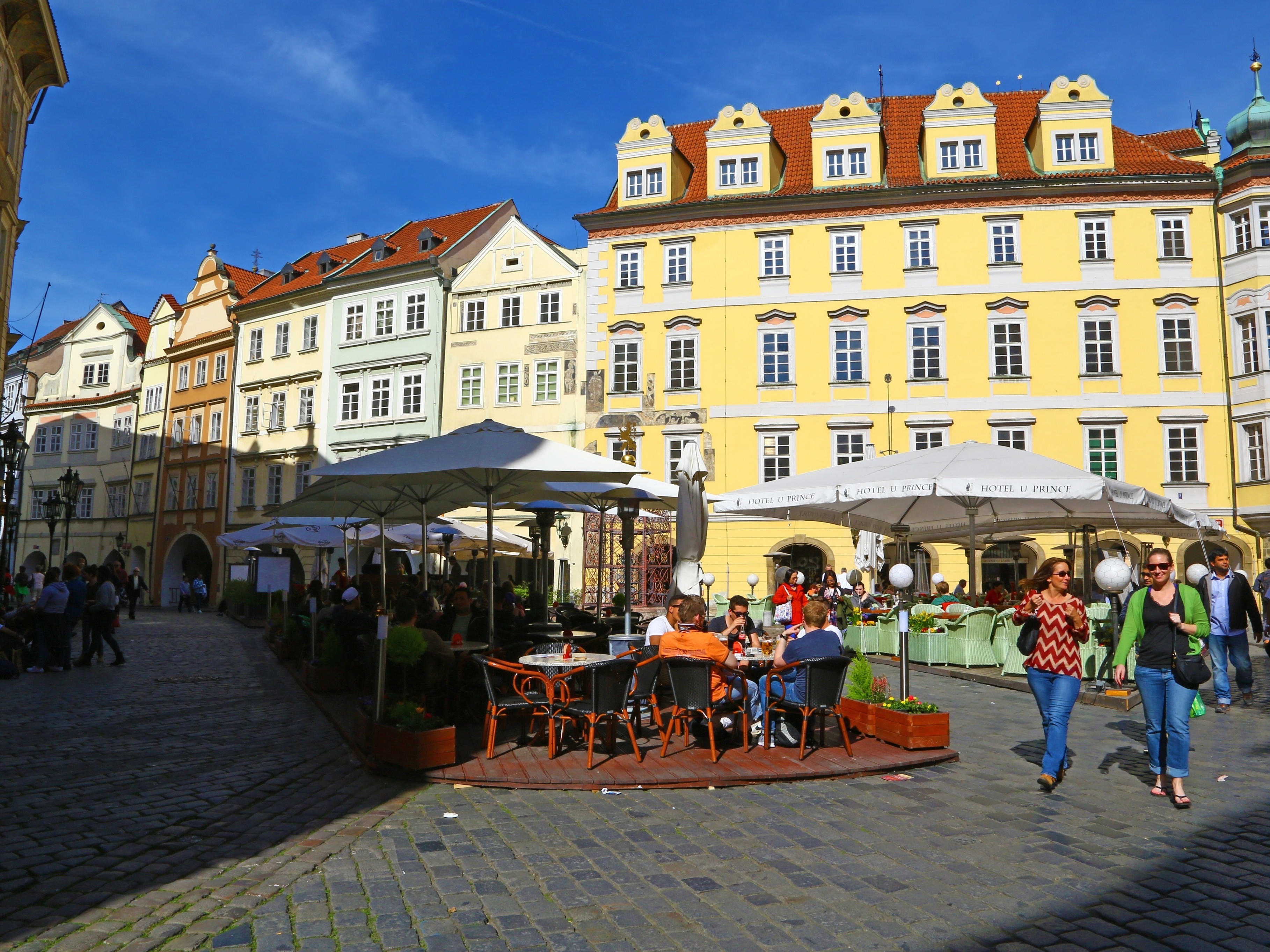
WEIGHT: 58 kg
Bust: 2
One HOUR:120$
NIGHT: +60$
Services: Fetish, Photo / Video rec, Facials, Anal Play, Striptease pro
Our site saves small pieces of text information cookies on your device in order to keep sessions open and for statistical purposes. These statistics aren't shared with any third-party company.
You can disable the usage of cookies by changing the settings of your browser. By browsing our website without changing the browser settings you grant us permission to store that information on your device. I agree. In order to consider the idea of the networked institution as an emergent form of cooperation between movements, this article will address a number of questions regarding the innovative forms of organisation, the transformations and instances of crystallisation that have characterised movements over the last decade within the context of an emerging common space at European level, both in terms of domination and the organisation of struggles.

In particular I will focus on the connections and contamination between different political memories that have led to a continual re invention of organisational practices. The aim here is not to define a totalising picture that reconstructs the multiple geography of movements, but rather to situate a number of events and social processes and to identify certain mass crystals in order to suggest routes that enable us to navigate through the complexity without being overwhelmed by it Braidotti, I shall juxtapose this concept of the synchronic institution in opposition to the party institution that defines its course in diachronic and consequential terms and assigns its development to a programmatic teleology.
This does not mean that I am claiming that the problem of a programme disappears in networked institutions, rather that in this context the problem radically changes; whereby the reflection upon the issues of organisation and actualisation assumes priority. The technical possibilities of close social cooperation — through legislative dispositives transnational associational opportunities and sources of funding , information technology resources wetware and netware; Moulier Boutang, and mobility infrastructures — enriches the repertoire of actions which movements draw upon to construct of horizontal forms of institutional practices, in other words practices that formulate sophisticated programmatic frameworks for articulating a common process of self-organisation.

First of all, it is worth summarising the new forms of governmental mentality that seek to reduce the heterogeneity of European political space. Why was it that at a certain moment we felt the need to shift our attention to projects that were occurring in other places?


































